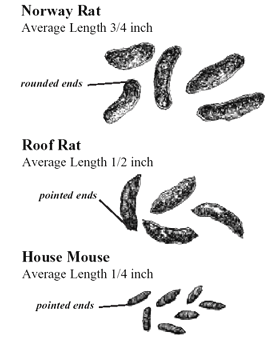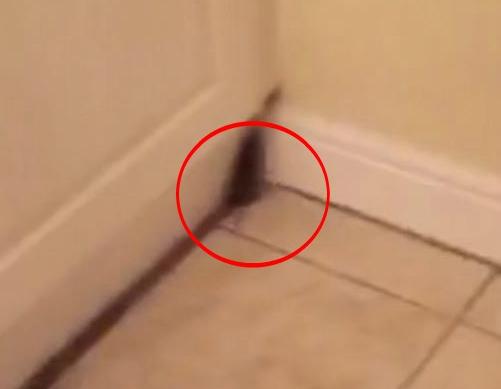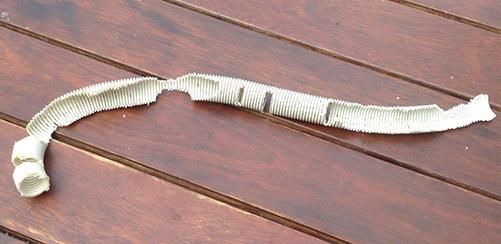The 3 main Rodents of great concern in Australia are:
NORWAY RAT

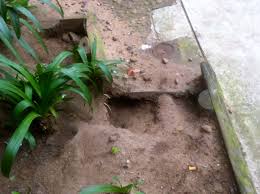 It is also referred to as sewer rat, brown rat and water rat.
It is also referred to as sewer rat, brown rat and water rat.
This rodent infests warehouses, factories, garbage dumps, domestic properties among many other premises that offer shelter and food.
Outside of buildings these rats mostly live in burrows, under buildings and stream/river banks. They will seek residence in buildings during the colder months, and will nest in wall cavities and roof voids within easy access to food and water.
Norway rats will eat all types of human or animal foods and need regular access to water.
These rodents become sexually mature within 3-4 months and can have 5-6 litters of between 8-10 babies per litter per year with the gestation period of 22 days.
ROOF RAT
 It is also referred to as the black rat and ship rat.
It is also referred to as the black rat and ship rat.
This rodent is often restricted to the indoors of premises and possibly areas around seaports and cities, where their ability to climb makes their nesting sites in the upper parts of tall buildings. They can enter other properties via connecting cables. Within a property they will nest in wall cavities and roof voids and externally among vines and trees and they seldom burrow.
Roof rats will consume a high proportion of vegetable and fruit material which means they don’t need as much access to a water source. Fruit trees within or near your property boundary can attract these rodents closer to your premises.
These rodents also reach sexual maturity within 3-4 months and can have 6 litters of between 6-8 babies per litter per year with a gestation period of 21 days.
HOUSE MOUSE
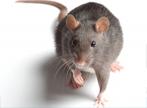 It is also referred to as field mouse.
It is also referred to as field mouse.
Mice can nest internally or externally of buildings but rarely travel more than 3-10 meters from their nest. Nesting sites typical for mice are wall cavities, cupboards, roof voids, cluttered garage/shed and various other locations internally, as for externally they nest in burrows.
The House mouse will eat a
variety of foods including nuts, grains, fruits, meats and animal foods and don’t need vast amounts of water. Even though they don’t eat drastic amounts of food, food contamination is a problem with urine and faeces in food products which transmit diseases.
These rodents become sexually mature after just 8 weeks and can have 6-10 litters of between 5-6 babies per litter, per year with a gestation period of 19 days. Mice can multiply to plague proportions very quickly if left untreated.
IDENTIFYING RODENT PROBLEMS WITHIN YOUR HOME

 It is also referred to as sewer rat, brown rat and water rat.
It is also referred to as sewer rat, brown rat and water rat.
 It is also referred to as the black rat and ship rat.
It is also referred to as the black rat and ship rat. It is also referred to as field mouse.
It is also referred to as field mouse.